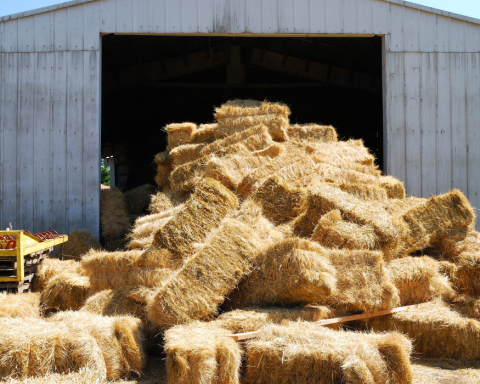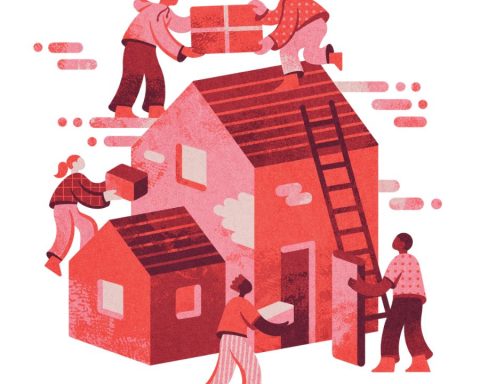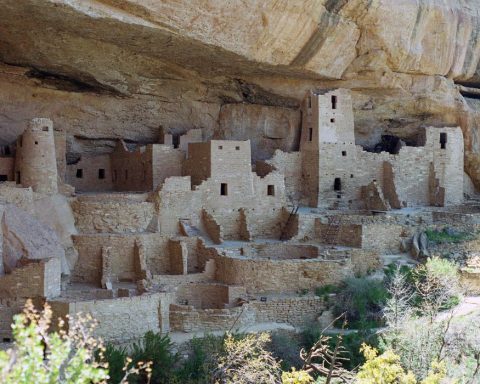As Canada rushes to alleviate its housing shortage and meet its goal of 5.8 million new homes by 2030, policy changes are urgently needed to avoid billions in damages from continuing to build in flood and wildfire zones, the Canadian Climate Institute (CCI) warns in a new report.
In the report, CCI suggests that permissive land-use policies coupled with a pervasive lack of awareness of climate risks could lead to more than 760,000 homes being built in areas prone to flooding or fire – an outcome that could cost Canadians as much as $3 billion in damages each year.
“The most affordable home is the one you don’t have to rebuild after a disaster,” Ryan Ness, the CCI’s director of adaptation, said in a release. “Our new report outlines the tools policymakers have to steer new housing to safer ground and support affordability in the process.” Wielding those tools could deliver savings, especially in flood zones: “redirecting just 3% of new homes away from the highest-risk flood areas to safer ground could save nearly 80% of all losses by 2030,” the report authors write.
British Columbia is far and away the most exposed, with new housing facing $2.2 billion in annual damages from flood and wildfire combined under a worst-case scenario. Out of the 20 municipalities most exposed to wildfire threat in Canada, 16 are in its westernmost province. Constructing new houses in the wrong places could more than double wildfire losses in Canada, tripling them in B.C.
Manitoba comes next, facing $360 million in damages to new housing, mostly in flood zones.
RELATED
Banks won’t solve the housing crisis, but community bonds just might
The rental market has a carbon problem – here’s how to solve it
Six ways to produce rapid affordable housing
“Building more homes in unsafe places would be an incredibly costly mistake,” CCI president Rick Smith says in the release. “Fortunately, there are ways to build millions of much-needed homes that avoid these future costs.”
Policy gaps contribute to increased climate risks
The report finds major gaps in land-use policies across much of Canada, where most provincial and territorial governments delegate responsibility and decisions to municipalities that “often lack the capacity and political leverage to prioritize long-term risk prevention over immediate housing needs and local economic pressures.”
Ontario and Saskatchewan buck the trend here, both provinces named as leaders in land-use policies.
“Provincial and territorial governments should urgently enact or enhance land use regulations that explicitly direct development away from the most flood- and wildfire-prone areas,” the report authors say.
Other policy gaps stand to further increase the odds of new housing being built in hazard zones. Infrastructure funding programs that lack a climate lens will worsen the problem, as will insufficiently restrictive disaster-assistance programs that encourage municipalities to “rely on post-disaster recovery rather than proactive risk avoidance.”
As well, Canadians at large, including municipalities, developers and homeowners, remain severely under-informed about the climate risks to housing, the report warns. The authors call on all levels of government to develop accurate, up-to-date flood and wildfire hazard maps and make them freely accessible.
The CCI also urges all jurisdictions to “leverage data from private firms to guide housing decisions” and recommends that real estate and insurance regulators mandate disclosure of flood and wildfire risks in all sales and rental transactions.
Indigenous communities face unique housing challenges
Minimizing flood and fire risk to new homes in Indigenous communities is particularly challenging. Key obstacles include the acute need for housing, capacity and funding challenges, and infrastructure issues that range from isolation to melting permafrost. “Policies and practices that are having success include training programs, cultural burns, [and] merging Western science and Indigenous traditional knowledge,” the report states.
To address the specific challenges faced by Indigenous communities looking to build climate-resilient homes in safe places, CCI commissioned a companion report on Indigenous housing and climate resilience.
This article was first published by The Energy Mix and has been edited to conform to Corporate Knights style. Read the original story here.







